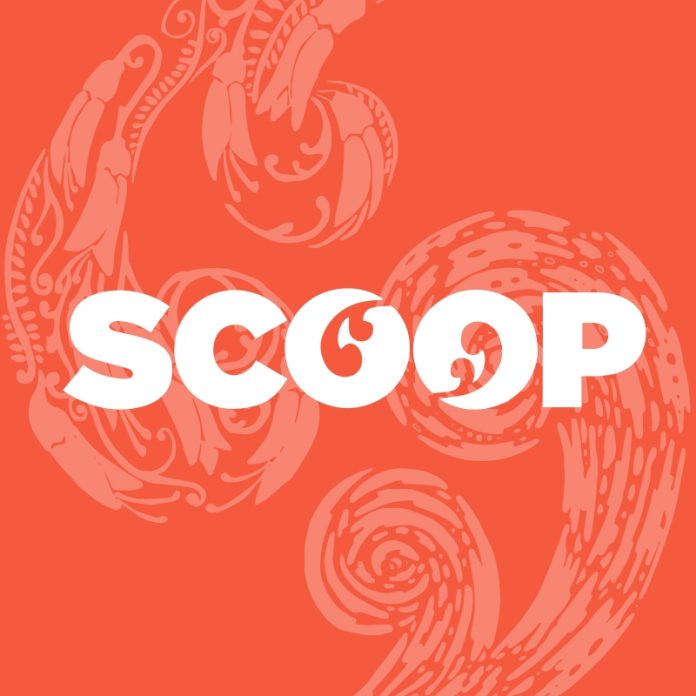BANGKOK/GENEVA, 11 July 2025—UNAIDS
has launched its 2025 Global AIDS Update, “AIDS, Crisis
and the Power to Transform”. It shows that a historic
funding crisis is threatening to unravel decades of HIV
response progress unless countries make radical programming
and funding shifts.
The report highlights the impact
of recent large-scale cuts from international donors.
Despite marked progress in the HIV response in 2024, abrupt
funding shortfalls this year have halted HIV prevention
programmes and jeopardized treatment services.
“This
is not just a funding gap—it’s a ticking time bomb,”
said UNAIDS Executive Director Winnie Byanyima. “We have
seen services vanish overnight. Health workers have been
sent home. And people—especially children and key
populations—are being pushed out of care.” Key
populations are groups at higher risk of contracting HIV
including men who have sex with men, people who inject
drugs, people in prisons and other forms of detention, sex
workers and transgender people.
Although several
countries are increasing national budget allocations, the
global HIV response cannot rely on domestic funding alone.
The report calls on the international community to urgently
come together to secure the required funding, support
countries to close the remaining prevention and treatment
service gaps, remove legal and social barriers, and empower
communities.
Asia-Pacific risks a ballooning HIV
epidemic
In 2024 there were an estimated
6.9 million people living with HIV in Asia and the Pacific.
Next to Eastern and southern Africa, this is the world’s
largest epidemic. AIDS-related deaths have declined by half
(53%) since 2010 with 150 000 lives lost in the region last
year. One of four new infections globally are in
Asia-Pacific. In 2024, 300 000 people were newly infected in
the region. Since 2010, new HIV infections reduced by just
17 per cent.
Advertisement – scroll to continue reading
This region accounts for
nine of the 32 countries where new HIV infections have risen
since 2010. These are Fiji (3091%), the
Philippines (562%),
Afghanistan (187%), Papua New
Guinea (84%), Bhutan (67%),
Sri Lanka (48%),
Timor-Leste (42%),
Bangladesh (33%) and Lao
PDR (16%).
In 2024 less than quarter million
people in the region took PrEP, a medication that prevents
HIV infection. This is dismally short of the 8 million
target. Not enough people are benefitting from tailored
prevention services. About half of sex workers, one-third of
men who have sex with men and transgender people and
one-fifth of people who inject drugs had access to
prevention services last year. Young people from key
population communities remain highly
vulnerable.
“Our hope to end the AIDS pandemic as a
public health threat by 2030 in Asia-Pacific is now hanging
by a thread! The region’s incredible strides are set back
when a new person is infected every two minutes!” said
Eamonn Murphy, Regional Director of UNAIDS Asia Pacific and
Eastern Europe Central Asia. He called on governments and
the international community to urgently and adequately fund
effective prevention approaches including community systems,
HIV treatment, PrEP and emerging long-acting
technologies.
In 2024, the number of people newly
diagnosed with HIV in Fiji tripled from
2023 levels, with preliminary data indicating that half of
people on antiretroviral therapy likely contracted HIV
through injecting drug use. The report includes a case study
highlighting the urgent need for harm reduction services for
people who inject drugs in Fiji. Another case study in the
report notes that in the context of US funding cuts, the
Philippines urgently needs prevention
investments and programming targeting young key populations,
particularly young men who have sex with men.
Despite
some commendable progress, more work needed around HIV
testing and treatment
In 2024, 79% of people living
with HIV in this region were aware of their HIV status. Just
two-thirds of all people living with HIV were on treatment
(69%) and achieved a suppressed viral load (66%). Globally,
quarter of the people living with HIV who are not yet
accessing HIV treatment are in Asia-Pacific. In 2024 less
than half of people living with HIV in
Afghanistan, Bangladesh,
Fiji, Indonesia,
Mongolia, Pakistan,
Papua New Guinea and the
Philippines were on antiretroviral
therapy.
“For those who either don’t have HIV
services available or are too afraid to access them, there
is also a crisis!” said Harry Prabowo, Coordinator of the
Asia Pacific Network of People living with HIV (APN+).
“Our region’s assignment to expand access to care and
community support to reach those being left behind is now
overdue.”
Notwithstanding these challenges, the
report singles out several countries in the region for
commendable progress in various areas. Nepal
is among just five countries worldwide that have
reduced new HIV infections by more than 75% since 2010.
Cambodia successfully treats almost all
diagnosed people with >98% of those on treatment
achieving viral suppression in 2024.
Australia is within reach of the 95-95-95
testing, treatment and viral suppression
targets.
Thailand is among the
countries with robust domestic investments, funding more
than 90% of its response. Bhutan,
Pakistan, Timor-Leste and
Thailand plan to increase domestic
allocations for the HIV response in 2026. Indonesia
increased domestic HIV spending more than fourfold
between 2010 and 2022. For the region as a whole, just half
of the required HIV response resources are now
available.



